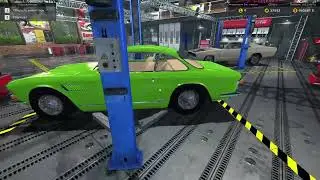Your car's can get hacked too | Forensic 101
Everyone and everything is online now. We live our lives online, we chat online, we shop online and we even learn online. Our finances have shifted online too, especially post demonetisation. The government is striving to make our economy digital. Digital India is their goal. It sounds well and good. A digital economy will mean fewer cash frauds, easier transactions and a significant decrease in the flow of black money.
However, going digital isn’t really the safest bet. Hacking and online attacks are an everyday phenomenon. Online fraud, identity theft even online robberies happen all around the world on a daily basis. This is one of the main reasons we need to educate and take digital forensics seriously.
We at Forensic 101 create videos on the digital frauds and hacks that takes place in day to day life, hence educating people and making internet a safe place. We work closely with DIgital Forensic Solution companies and education institutes.
A lot of cars today perform advanced data processing and communicating, but their primary purpose is to get you from A to B. With regular ransomware, the malicious code encrypts documents on your computer and demands a ransom to unlock them. The goal of jackware is to lock up a car or take control of it.
Recently, Tesla has rushed to release a patch within 10 days of Chinese white hat hackers’ discovery of vulnerabilities within the Model S’ control system that allowed an intruder to remotely breach the system when the vehicle was both dormant and in motion from up to 12 miles away
The researchers from Keen Security Lab, a unit of China’s Tencent Holdings Ltd., published a video with an accompanying blog that revealed the hack. In the video, the researchers remotely infiltrated the Model S’ controller area network bus, the unit responsible for intra-auto computer communication. Once they gained access, the researchers could manipulate safety controls, the breaking systems and the door locks. As all white-hat researchers do responsibly, the hacking trio of researchers withheld details of the vulnerability and their zero-day exploit to privately disclose the flaws to Tesla.
Tesla released a statement to reveal that a patch was developed and deployed over-the-air (OTA) within 10 days of receiving the vulnerability report from the security researchers. The carmakers insisted that the exploit was only triggered when its web browser was used, while connected to a malicious Wi-Fi hotspot.







